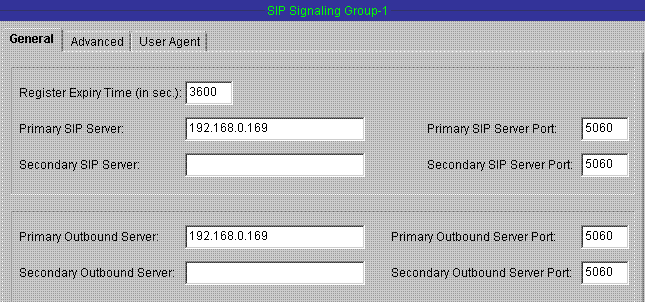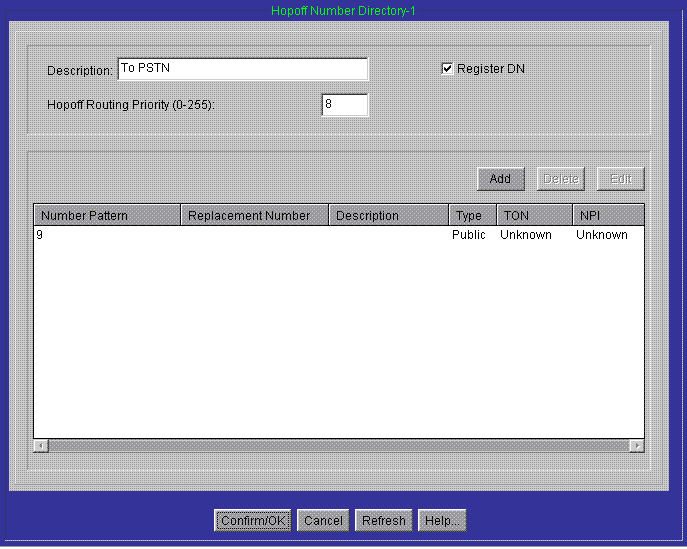Connecting with Quintum Tenor ASM200
Tenor AS VoIP MultiPath Switch
The Tenor ASM200, with two FXO/FXS and two VoIP ports, can be easily configured with Brekeke PBX to satisfy various dialing by automatically routing local calls from cellular phone and land lines to a VoIP network, and vice versa. This document contains basic information on how to setup Automatic Route Selection (ARS) to work with Tenor ASM200. For more information about this product, please visit http://www.quintum.com/.
Quintum AS Series Installation
Please refer to the configuration documentation for instructions on installing Tenor ASM200 by visiting http://www.quintum.com/support/products/2G/tenor_2G/index.shtml Using the link, below are some useful SIP configuration documents for the Tenor ASM200:
- SIP Quick Start Guide
- Tenor AS Quick Start Guide
Quintum AS Series Configuration
Please refer to configuration documentation for instructions on configuring your Tenor ASM200’s IP address/ subnet mask so that it is accessible from your network.
Using Quintum Tenor Configuration Manager
The Tenor ASM200 is managed by the Tenor Configuration Manager, a GUI Configurator, and Network Manager. You can obtain this software either by visiting the website or from the CD-ROM that comes with the unit. Please follow instructions carefully.
Note:
The following guide is for configuring the Tenor ASM200 to work with Brekeke PBX which allows Brekeke PBX users to make and receive PSTN calls. Please keep in mind that the settings listed below are only a guide to provide a basic understanding for users to setup Tenor ASM200 with Brekeke PBX. Should you need other parameters or settings, please consult the User Manual for this unit.
Open the Tenor Configuration Manager and click “Connect”.

Configuring Quintum AS Series for Brekeke SIP Server
1. SIP Signaling Group -1
[Primary SIP Server]: Brekeke SIP Server IP address [Primary SIP Server Port]: 5060 [Primary Outbound Server]: Brekeke SIP Server IP address [Primary Outbound Server Port]: 5060

[User Agent tab]: please note that user 3333 is created by clicking the “Add” button. You can enter any user ID that you want. Depending on which gateway product you are using, the Tenor ASM200 has two FXS port with which two Primary User account can be created.

2. CAS Signaling Group – line
Use the [Signaling Type] field to detect the end of a call. Depending on where you live, please use the drop-down menu and select the appropriate type that best fits your network environment.

Dialing to PSTN using “ One Stage Dialing ”
1. Hopoff Number Directory -1
This window contains telephone numbers for Brekeke PBX calls traveling over IP, and then into the PSTN. An ARS rule in Brekeke PBX will show where ARS rules are created to dial 9 + PSTN. You will also need to create a 9 in the Hopoff window as indicated below:

2. Trunk Circuit Routing Group – Line
[Forced Routing Number]: This field is where a SIP UA receives a call from the caller (in this scenario, calls will be routing to user 166).

Dial Plan or ARS Setting
For Brekeke SIP Server Users, please check wiki post Connecting Gateways with BSS
For Brekeke PBX users, please check wiki post Connecting Gateways with BPBX or Update Issues from v2.2.7.7 and before
Sample ARS Pattern-OUT for outbound calls at [Brekeke PBX Admintool]>[ARS]>[New Route]
Pattern – OUT
----------------------- Matching Patterns: To=sip:(9.+)@ Deploy Patterns: To=sip:$1@gateway_IP ------------------------
